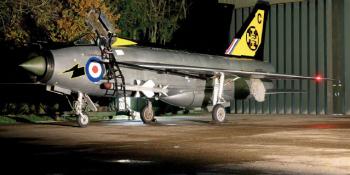THE FIRST WORLD WAR IN OBJECTS NO.51
On 7 November 1916, the British Government announced that “a General Committee, representative of both Houses of Parliament and of the Government Departments most concerned, has been appointed to consider the question of providing a memorial to be distributed to the relatives” of those who were killed or died as a result of the war. One of the outcomes of the Committee’s work was the Memorial Plaque, or ‘Dead Man’s Penny’ as they came to be known.
It was decided that the design of the plaque was to be chosen from submissions made in a public competition. Whilst over 800 designs were put forward, it was sculptor and medallist Edward Carter Preston’s depiction of Britannia, standing by a lion, holding a trident, that was finally chosen. Manufacture of the bronze plaques began in December 1918, each being individually named to the casualty in question – in this case, Lance Sergeant 9190 William O’Reilly.
Living in the small community of Kilmainhamwood in County Meath, William O’Reilly was an Army reservist who, having previously served in India, was recalled in August 1914. Assigned to the 1st Battalion, Royal Irish Fusiliers, O’Reilly, along with the rest of his comr…




